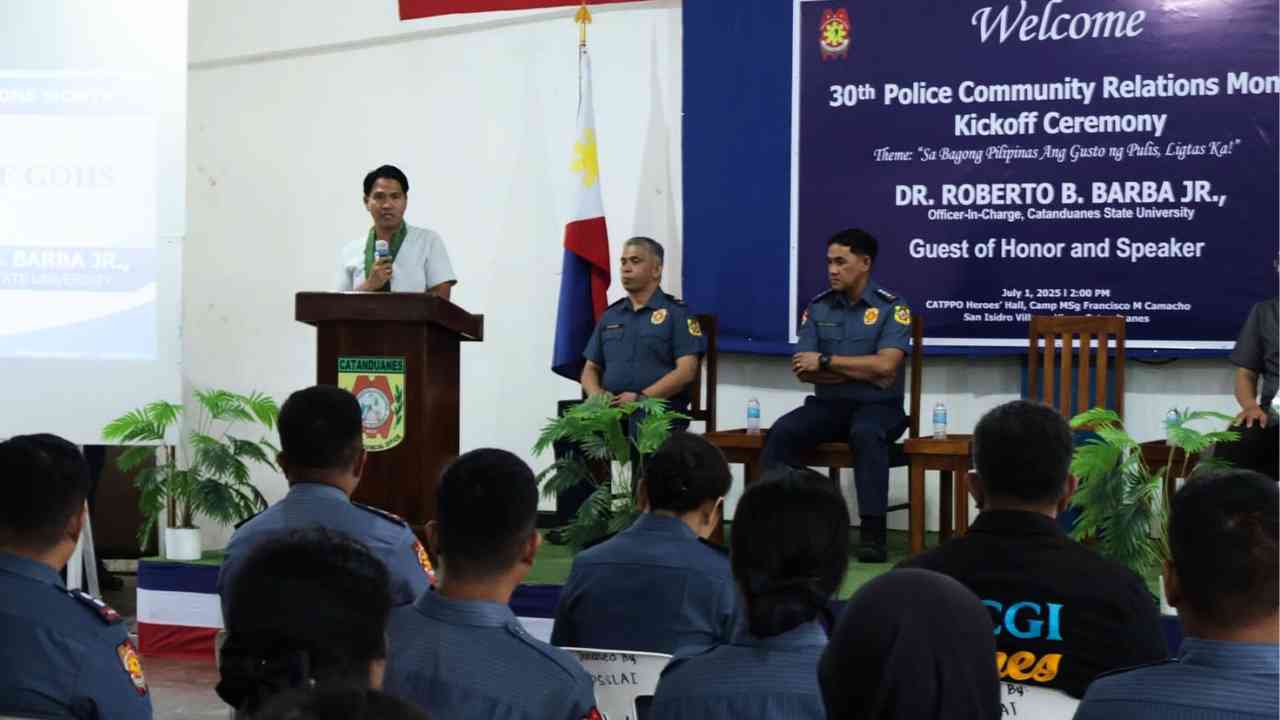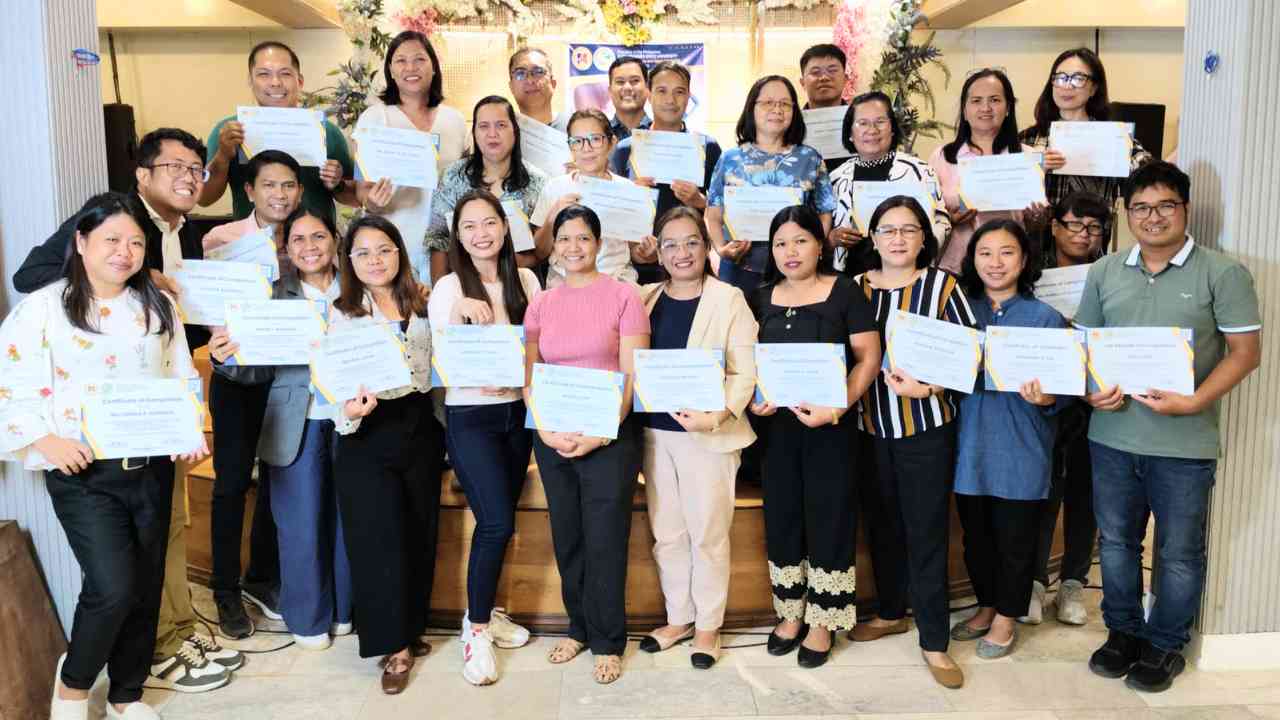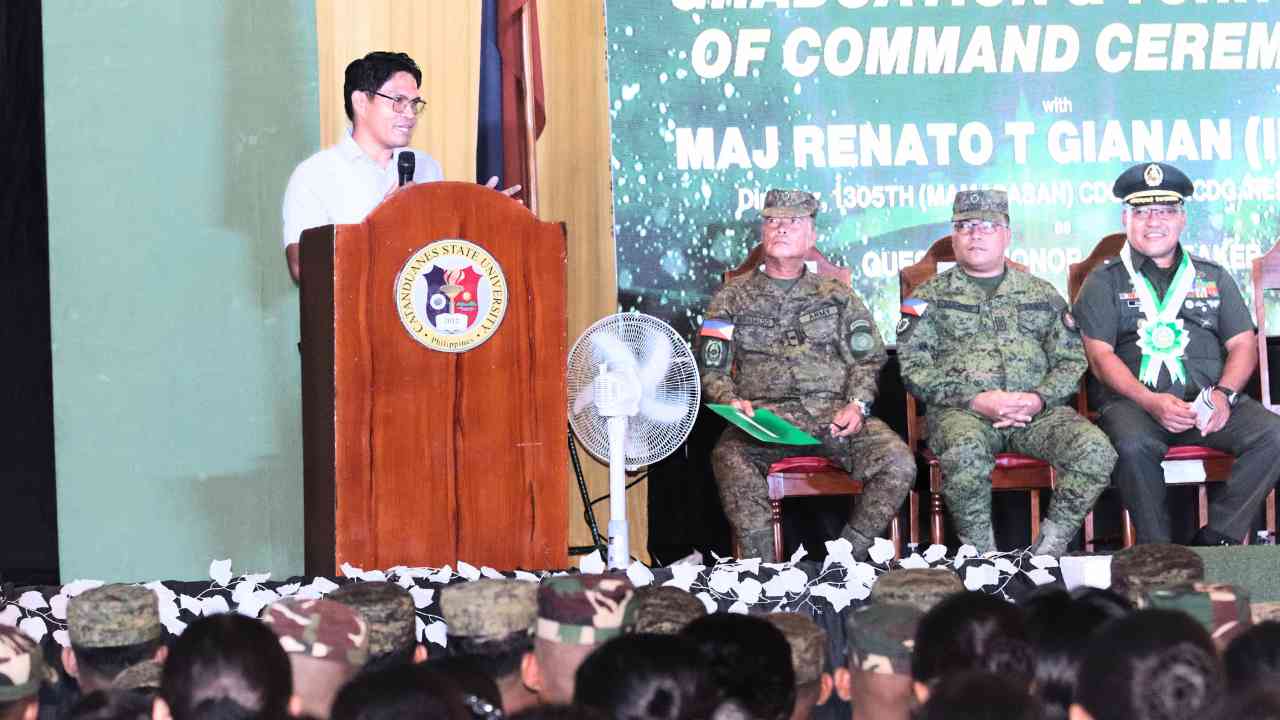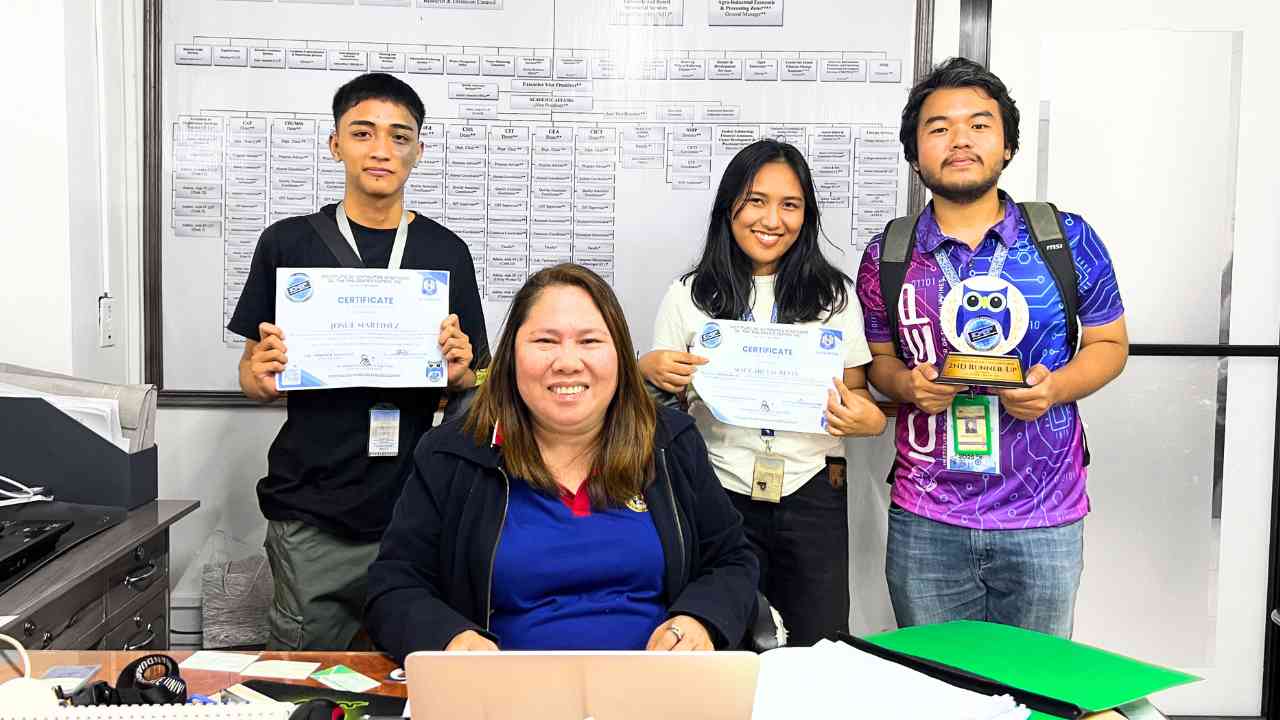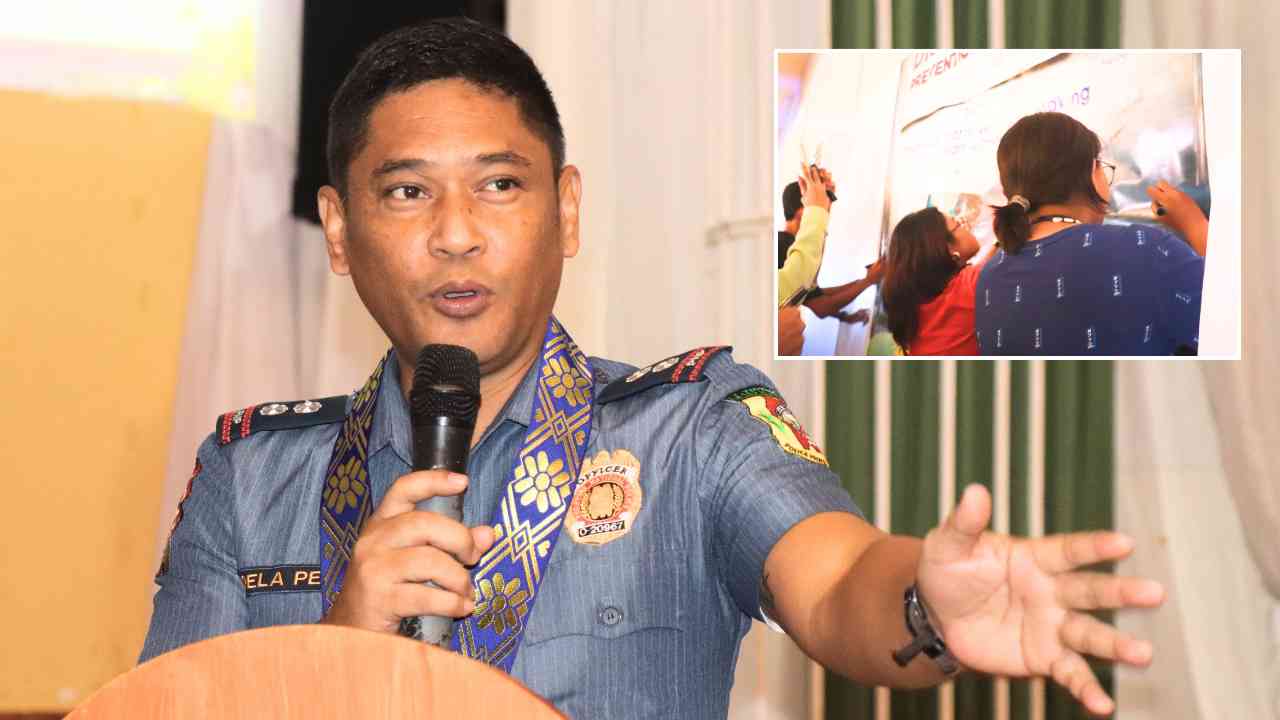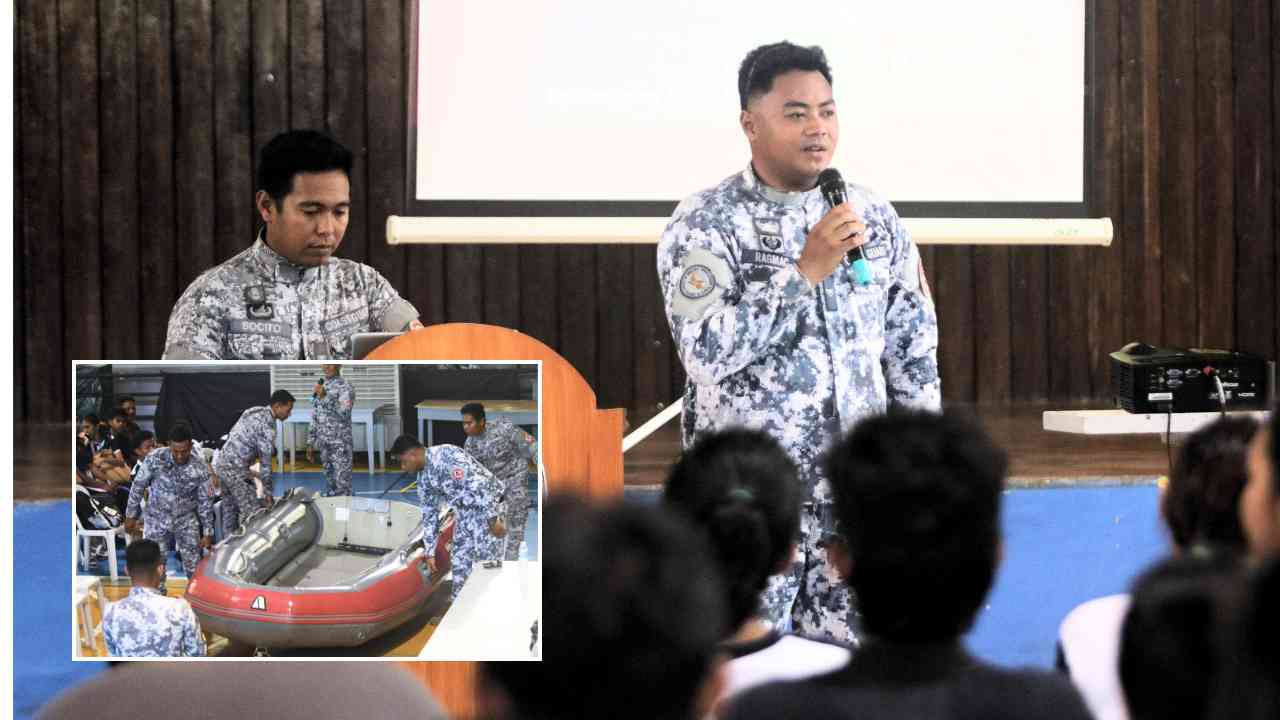Catanduanes State University Center for Island Climate Changes Solutions leads international project to strengthen coastal community resilience
Center for Island Climate Change SolutionsCatanduanes State University (CatSU) Center for Island Climate Change Solutions (CICCS) is spearheading an international initiative aimed at enhancing the resilience of coastal communities in the Philippines. The project, titled “Contextualizing Disaster Resilience in Archipelagic Environments: The Case of Catanduanes, Eastern Philippine Seaboard (C2C),” has secured funding from the UK-based global safety charity, Lloyd’s Register Foundation. This significant achievement is led by Engr. Dexter Toyado, Director of CICCS, Mr. Aljon Francis Koji Elegado, Director of the Abaca Technology Innovation Center, and Dr. Deborah Tangunan, a Department of Science and Technology 2024 Balik Scientist Awardee who is currently based in the University College London Department of Earth Sciences.
The C2C project, to start this October, is part of the Lloyd’s Register Foundation Turning the World Risk Poll into Action program, which funds initiatives that translate findings from the 2021 and 2023 World Risk Polls into tangible action to improve the safety of people around the world. These polls highlighted the vulnerability of communities in Southeast Asia, particularly in the Philippines, to natural hazards. The project’s primary focus is on Catanduanes, an island province in the Philippines that is highly susceptible to climate-induced disasters such as typhoons and floods.
The Philippines, despite facing frequent disasters, displayed high resilience in the 2021 World Risk Poll. The C2C project will build on this by focusing on Catanduanes, an island highly susceptible to typhoons and other climate-related hazards. The project will compare existing World Risk Poll data with new data generated through the initiative, aiming to understand how local resilience is shaped by factors such as geography, livelihood, and gender dynamics. This approach will play a crucial role in enhancing local and national government initiatives, enabling evidence-based decision-making for disaster preparedness, response, and recovery.
One of the key aspects of the C2C project is the integration of existing data from the 2021 and 2023 World Risk Polls with new data generated through the project. This will provide a comprehensive understanding of the specific vulnerabilities and resilience factors in Catanduanes. The project’s approach includes gathering resilience data from communities within Catanduanes, particularly focusing on the abaca and fishing industries, which are vital to the local economy. Additionally, risk maps will be developed for the region, incorporating local predictors of resilience alongside geologic hazard data such as landslides, flooding, and storm surges.
The project will also emphasize the importance of training and capacity building in disaster risk management. By integrating local and indigenous resilience practices, the project aims to enhance the community’s understanding and perception of risk. Furthermore, the project’s outcomes will be shared with a broader audience through strategic communication and engagement efforts. This includes open-access publications, presentations at scientific conferences, and tailored outreach programs that will engage stakeholders at various levels.
The C2C project is designed to serve as a testbed for disaster resilience strategies that can be adapted and implemented in other regions with similar geographic challenges. By focusing on multi-hazard preparedness, the project is expected to make a significant contribution to disaster risk reduction not only in Catanduanes but also in other vulnerable areas within the Philippines and beyond.
The outcomes of the C2C project will be translated into actionable policy recommendations in collaboration with local government units and non-governmental organizations. These efforts aim to improve disaster preparedness by developing more effective strategies, early warning systems, and evacuation processes, ultimately reducing disaster-related fatalities and injuries. In addition, the project seeks to build safer communities by improving infrastructure resilience, protecting homes, businesses, and critical infrastructure from the devastating effects of climate-induced disasters.
This project’s significance extends beyond the borders of the Philippines. The findings and methodologies developed through the C2C initiative will provide valuable insights that can be applied to disaster resilience efforts in other vulnerable islands and regions worldwide. By addressing the unique challenges of archipelagic environments, the project aligns with the charitable mission of Lloyd’s Register Foundation, which is dedicated to engineering a safer world through innovative and evidence-based interventions.
The 2021 and 2023 World Risk Polls emphasize the urgent need for multi-hazard preparedness, particularly in regions like Southeast Asia, where communities face complex and interrelated risks. By focusing on these high-risk environments, like Catanduanes, the C2C project is poised to make a meaningful contribution to global disaster risk reduction efforts. The project’s success will not only benefit the communities of Catanduanes but will also offer a model for building resilience in similar regions around the world.
Nancy Hey, Director of Evidence
and Insight at Lloyd’s Register Foundation, said: “The World Risk Poll is the
first global study of worry about, and harm from, risks to people’s safety. It
provides unique insights into safety challenges worldwide, particularly in
areas where little or no official data exists. Through initiatives like the C2C
project, Catanduanes State University is contributing to the Foundation’s
efforts to foster safer and more resilient communities across the world.”
